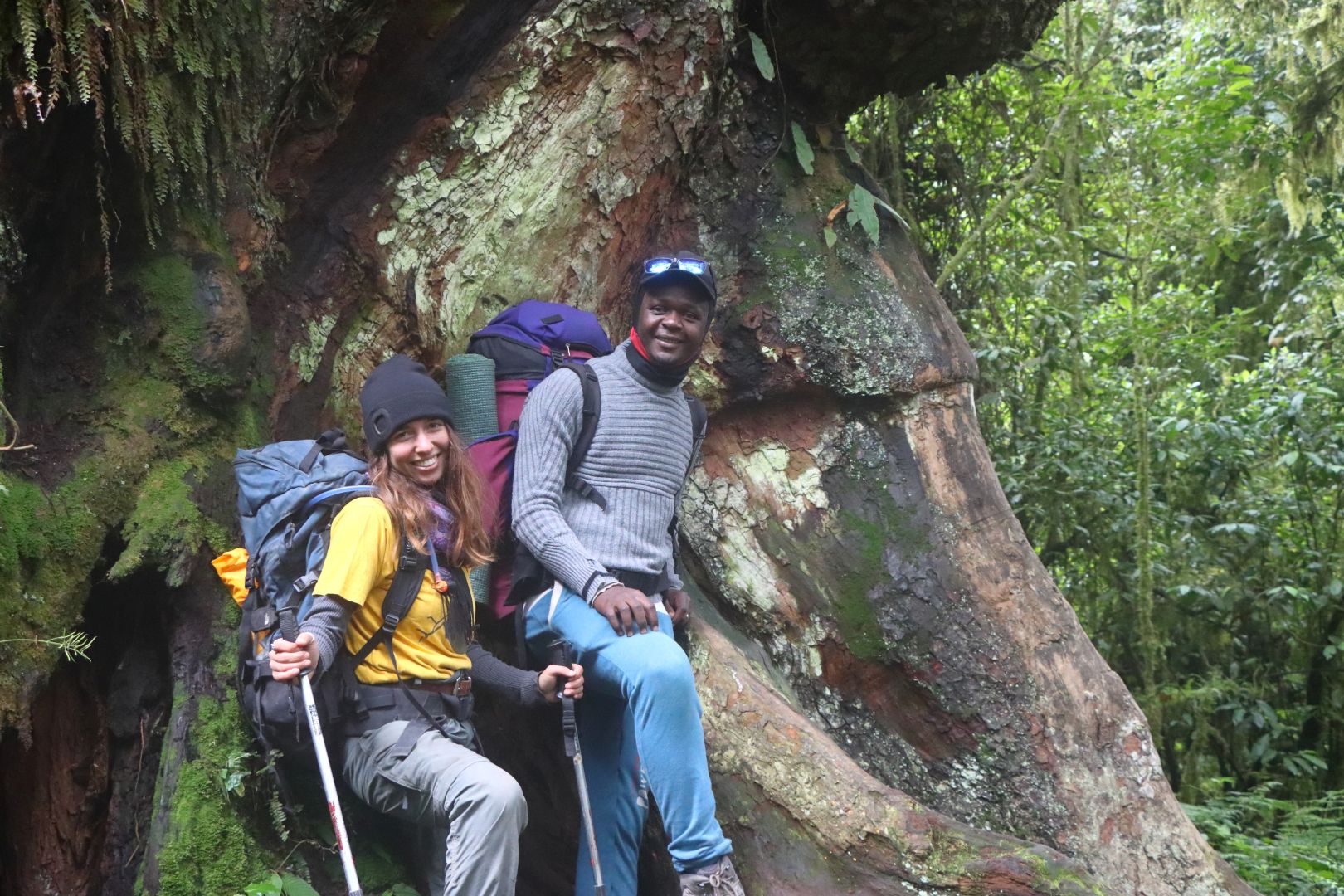
Mount Kilimanjaro Facts: A Guide by Serengeti Wildlife Safaris
Mount Kilimanjaro is not just Africa’s tallest mountain; it is a global icon of natural beauty, cultural heritage, and adventure. Serengeti Wildlife Safaris presents an in-depth look at fascinating facts about Mount Kilimanjaro, making it a must-read for trekkers, adventurers, and nature enthusiasts planning to visit this world-renowned peak.
Key Facts About Mount Kilimanjaro
1. Highest Peak in Africa
- Standing at an impressive 5,895 meters (19,341 feet) above sea level, Mount Kilimanjaro is the tallest mountain in Africa.
- It is also the highest free-standing mountain in the world, formed by three volcanic cones: Kibo (the highest), Mawenzi, and Shira.
2. UNESCO World Heritage Site
- Kilimanjaro was declared a UNESCO World Heritage Site in Africa in 1987 for its extraordinary ecological and cultural significance.
- Its stunning biodiversity and breathtaking landscapes contribute to its global appeal.
3. A Natural Wonder of Africa
- In 2013, Kilimanjaro was named the second African Natural Wonder, following Namibia’s Fish River Canyon.
- The title underscores its awe-inspiring beauty and importance as a natural treasure.
4. Unique Climate Zones
- Kilimanjaro’s climate zones are one of its most unique features, with five distinct ecological zones:
- Cultivated Farmlands at the base.
- Tropical Rainforest teeming with life.
- Heath and Moorland, showcasing giant groundsels and lobelias.
- Alpine Desert, is characterized by its arid and harsh environment.
- Arctic Summit Zone, home to the rapidly disappearing melting glaciers on Kilimanjaro.
- Climbers experience these diverse environments as they ascend to the peak.
5. Mountaineering History
- The first recorded summit was in 1889 by Hans Meyer, Ludwig Purtscheller, and their guide, Yohani Kinyala Lauwo.
- Today, Kilimanjaro is one of the Seven Summits, attracting adventure climbers and enthusiasts from around the globe.
Environmental Significance
6. Melting Glaciers
- Over 80% of the Kilimanjaro glaciers have disappeared since 1912 due to climate change.
- This alarming trend makes the mountain an important symbol in global discussions about environmental preservation.
7. Wildlife on Kilimanjaro
- Despite its altitude, Kilimanjaro supports diverse wildlife.
- Animals like elephants, leopards, monkeys, and buffalo thrive in the lower forests, while unique plant species like the giant lobelia adapt to higher zones.
- Exploring the wildlife on Kilimanjaro adds an exciting dimension to your trekking adventure.
Cultural and Historical Significance
8. Sacred Mountains in Africa
- The local Chagga community considers Kilimanjaro sacred.
- For centuries, the mountain has been the focus of rituals and ceremonies, symbolizing resilience and connection to nature.
9. A Challenge of Altitude
- Kilimanjaro’s greatest challenge is the altitude. Proper acclimatization is crucial to overcome the risk of altitude sickness during the climb.
Routes to the Summit
10. Popular Kilimanjaro Trekking Routes
Several Kilimanjaro trekking routes cater to climbers of varying experience levels:
- Marangu Route: Known as the “Coca-Cola” route, it features hut accommodations and is considered moderately difficult.
- Machame Route: Nicknamed the “Whiskey” route, it offers stunning scenery and a more adventurous trail.
- Lemosho and Shira Routes: Perfect for trekkers seeking solitude and breathtaking landscapes.
- Rongai Route: Approaches from the north and offers a quieter trekking experience.
Adventure Tourism
11. Kilimanjaro’s Global Appeal
- As part of the Seven Summits Kilimanjaro, the mountain attracts adventurers from all over the world.
- With non-technical routes, climbing Kilimanjaro is achievable for beginners and experienced climbers alike.
Why Climb with Serengeti Wildlife Safaris?
At Serengeti Wildlife Safaris, we specialize in organizing safe, memorable, and eco-friendly treks up Mount Kilimanjaro. Our expert guides and support team ensure you experience:
- Proper acclimatization to combat altitude sickness.
- Sustainable practices that protect Kilimanjaro’s climate zones and fragile ecosystems.
- Knowledgeable guides who share insights into the mountain’s history, culture, and environment.
Conclusion
Mount Kilimanjaro is more than just a mountain; it’s a symbol of resilience, adventure, and the beauty of nature. Its fascinating history, diverse ecosystems, and cultural significance make it a bucket-list destination for trekkers and nature lovers worldwide.
Embark on your Kilimanjaro journey with Serengeti Wildlife Safaris and create unforgettable memories as you conquer the highest peak in Africa.
Plan your climb today and experience the wonder of Mount Kilimanjaro!
